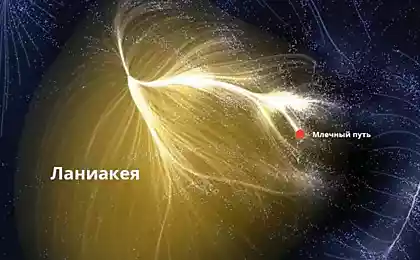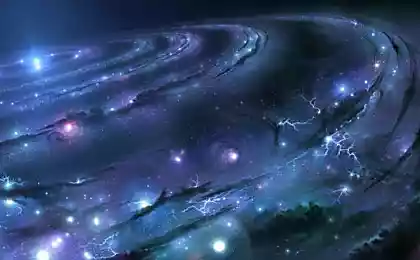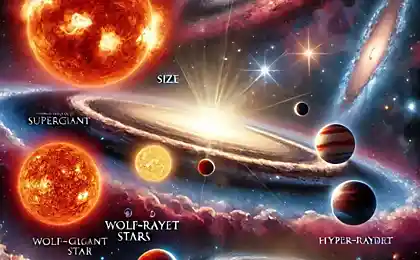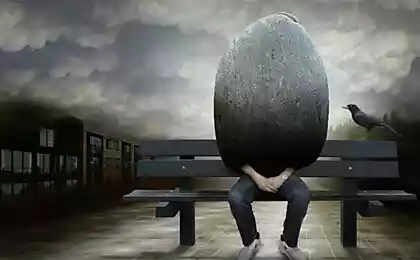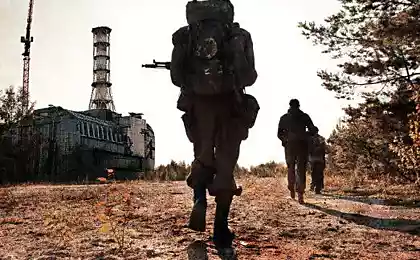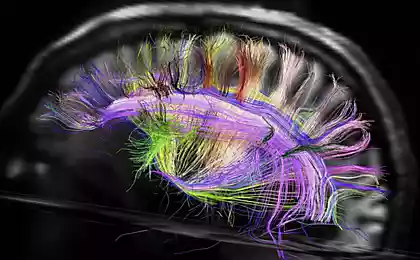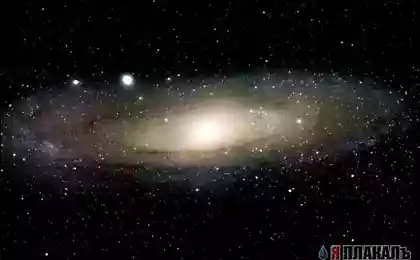1233
Scientists have discovered a "residential zone" around stars
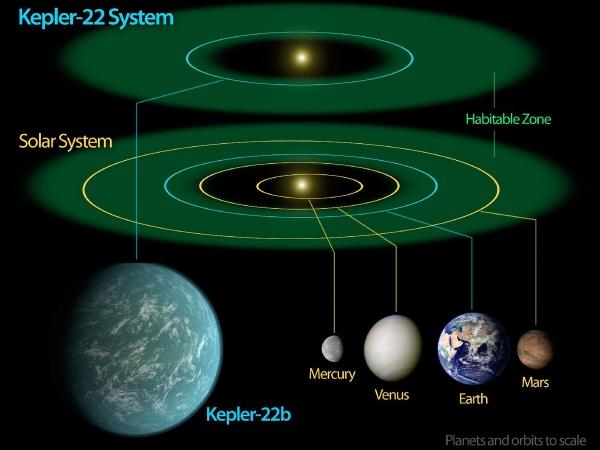
Stars are composed almost entirely of hydrogen and helium. However, traces of heavier elements, which astronomers call metals, even if they do not have the properties of the usual for us metal can be found in the stars, as well as in the remnants of old stars.
Scientists may discover what elements have a star gazing radiation, which is in a different wavelength. The wavelength of light emitted by the object may as fingerprints, to tell a lot about the material being studied.
Looking at the wavelength or range of ultraviolet radiation from nearby dwarf stars, the researchers, with high accuracy, determine the number of individual items for more than a hundred of these stars, and that's not all. Now scientists suggest that variations in the composition of these stars might affect the residential areas around them.
What scientists call the "habitable zone of the star" is determined by the possible presence of liquid water on the surface of the planet, given that life on Earth exists almost everywhere where there is liquid water. Too great a distance from the star, and the lack of light makes the world too cold, freezing all of the water, and too close to making the world too "hot».
Determining the degree of heat radiation from the star is possible thanks to monitor their brightness and changes in their composition, the degree of heating of the plasma as a result of nuclear fusion and the respective pressure level. These parameters also show the level of stability star, its "lifetime" and the probability of finding life on planets around her.
"For comparison, we expect that the Earth remains habitable about 5, 5 billion years", - said Patrick Young, an astrophysicist and astrobiologist at Arizona State University.
"We found that the system of Kepler in a residential area of their stars planets smaller than in our solar system, but there are several dozens of candidates who are waiting for confirmation," Young said. "The discovery of a planet with life would be difficult and, at best, will require a lot of resources to explore them all. With this information, we can narrow down our search for planets that, at present, are not only in residential areas, but there were going to be there long enough to potentially develop complex life to them. "


